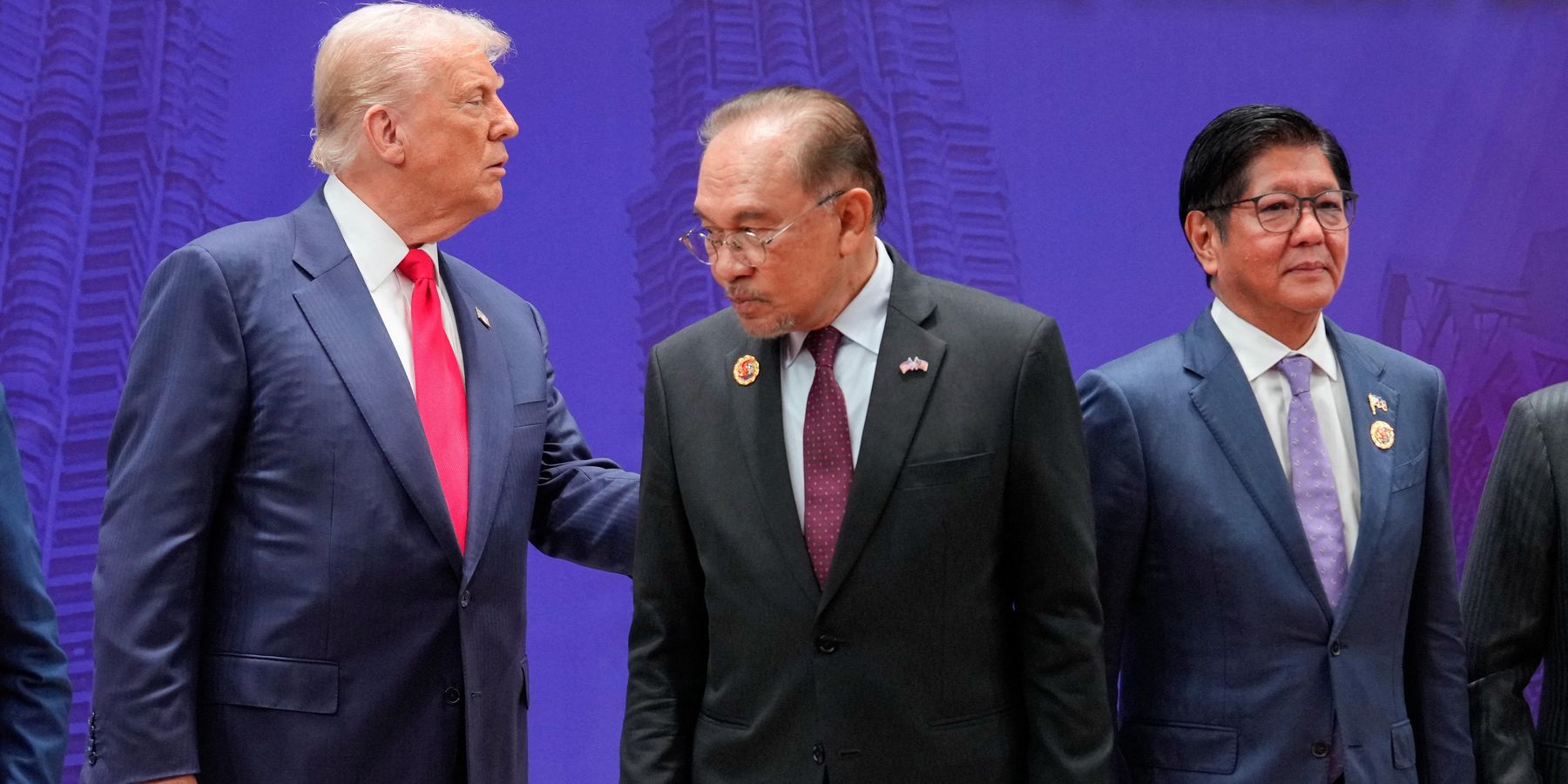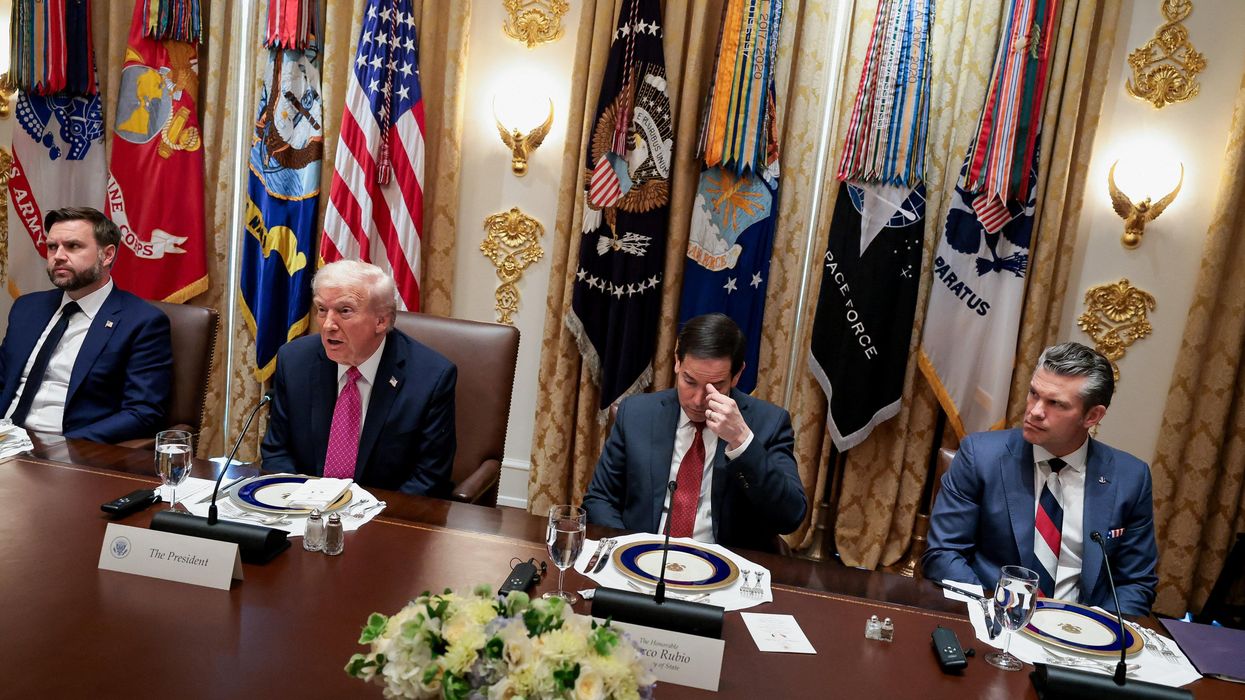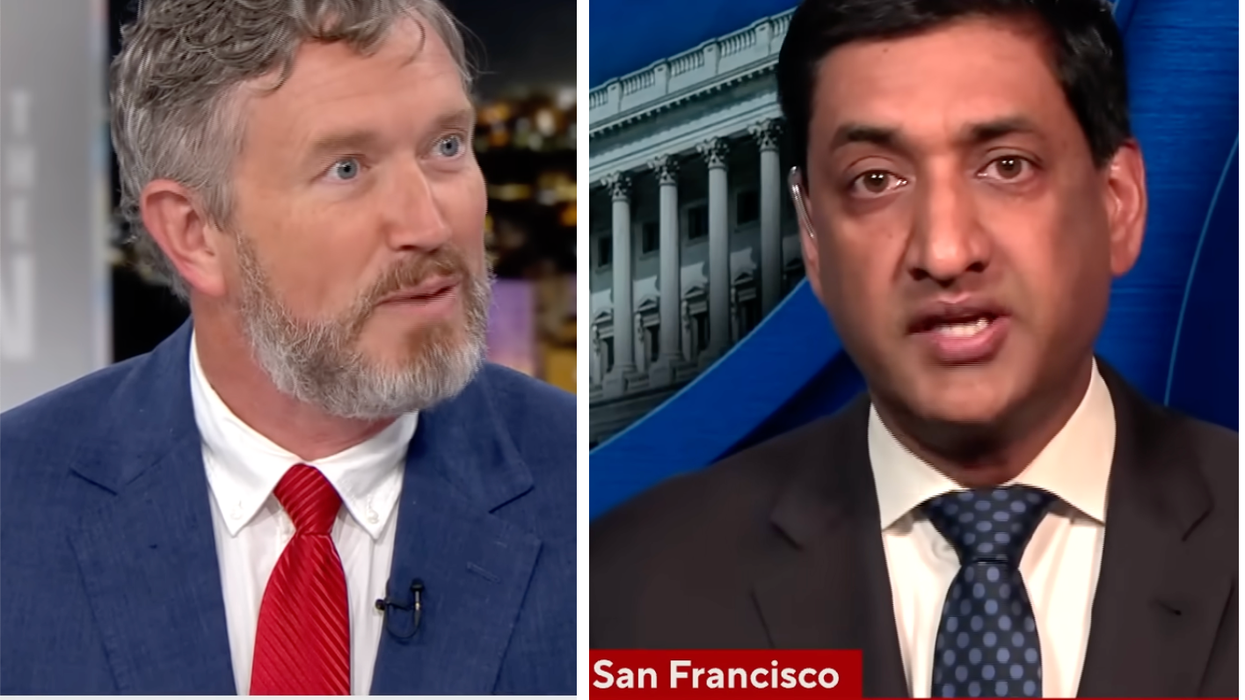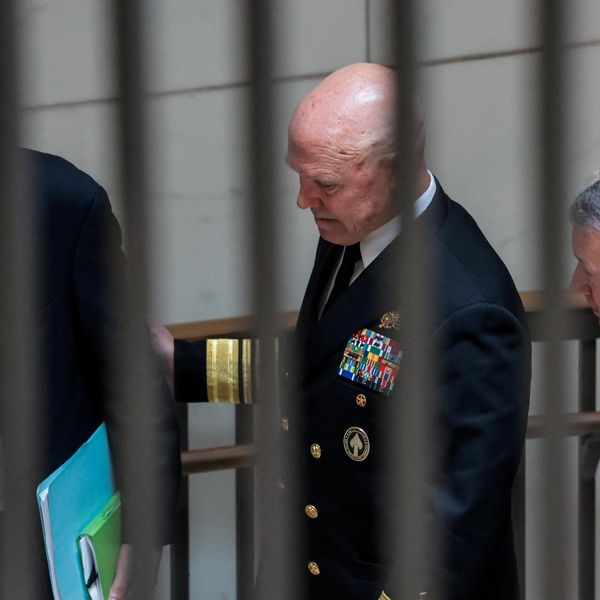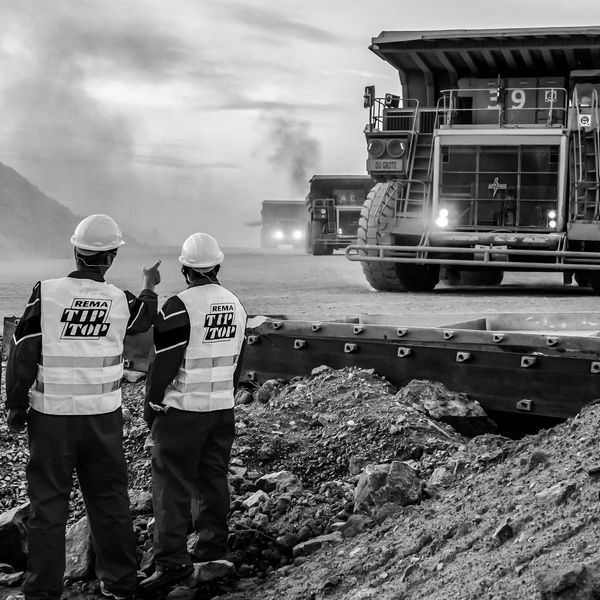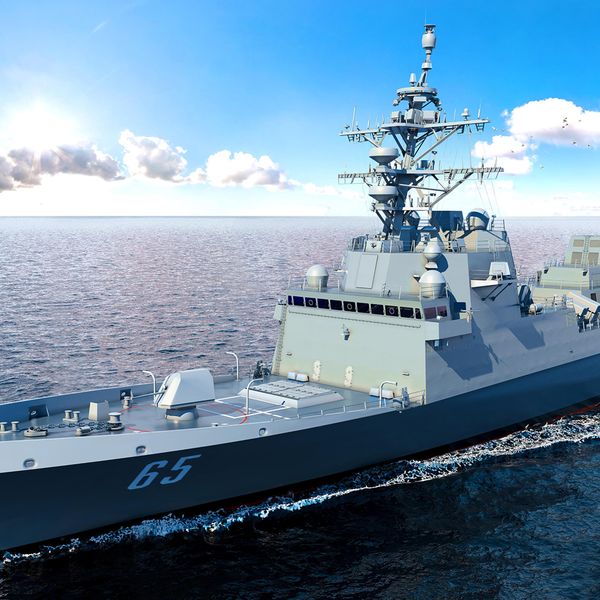The 2025 ASEAN and East Asia Summits in Kuala Lumpur beginning today are set to be consequential multilateral gatherings — defining not only ASEAN’s internal cohesion but also the shape of U.S.–China relations in the Indo-Pacific.
President Donald Trump’s participation will be the first by a U.S. president in an ASEAN-led summit since 2022. President Biden skipped the last two such summits in 2023 and 2024, sending then-Vice President Harris instead.
Trump’s attendance reflects an effort to reassert U.S. presence in the region. For the president, the trip serves two purposes: presiding over a peace ceremony between Thailand and Cambodia, and containing China’s economic reach in the region. After the Kuala Lumpur meetings conclude on Tuesday, Trump heads to Japan and then South Korea, where he is slated to meet Chinese president Xi Jinping in a widely anticipated bilateral summit.
While the ASEAN summit gathers the leaders of the 10 ASEAN states (and the expected 11th member, Timor Leste (East Timor), the East Asia Summit has traditionally featured leaders from the 10ASEAN states plus its official dialogue partners Australia, Canada, China, India, Japan, New Zealand, Russia, South Korea, and the United States. This year, the leaders of China, India, and Russia will not attend in person.
Economic issues are expected to feature strongly in intra-ASEAN discussions at the summit, with leaders reviewing amendments to the Asean Trade in Goods Agreement and continuing negotiations toward an important digital pact, the Digital Economy Framework Agreement.
Though Southeast Asia has continued to grow reasonably well despite a flood of U.S. tariffs, it has recently experienced tremors of instability. The civil war in Myanmar continues to rage and has become even worse in some respects. Tensions have risen sharply in the South China Sea. Thailand and Cambodia engaged in a 5-day armed clash over their disputed border, whose economic effects are still taking a toll.
President Trump claims that his intervention ended the Thailand-Cambodia fighting, and his presiding over the peace ceremony is a part of his push to be seen as a peacemaker. It is not clear if the parties see it as a peace agreement however. Thailand characterized the agreement as a “pathway to peace.”
The United States is also actively trying to induce Southeast Asia to reduce its deep interdependence with China and bring ASEAN more into the American orbit to the extent possible.
On Sunday, the first day of President Trump’s visit, new trade agreements or frameworks were signed with Cambodia, Malaysia, and Vietnam, and a memorandum of understanding on critical minerals with Thailand. A cursory reading of the texts reveals many one-sided commitments that favor the United States, including clauses on alignment with Washington on any measures imposed against China.
In the short term these pacts appear to be wins for Washington in ways that disadvantage key ASEAN states. The long term impacts however remain to be seen. The “ASEAN way” is grounded in multi-alignment: a strategy that welcomes all external powers to its region, as long as they leave their rivalries behind and play by its rules of economic integration and consensus-building in Southeast Asia.
Washington has now come to the region, not in the spirit of multilateralism, but with a one-sided tariff blitz and other demands. ASEAN states have disliked the coercive approach and the undermining of international trading rules. But, as the recent pacts make even more clear, ASEAN leaders have chosen not to retaliate but negotiate with Washington.
Nevertheless, the turn to trade coercion in Washington has led to a strong perception in Southeast Asia of the United States as an unreliable partner. ASEAN states are now incentivized to diversify their economic and potentially security relations away from the United States and more towards other middle powers, especially in the Global South. This process will play out over years rather than months.
When it comes to hard security issues in the region, the tense situation in the South China Sea is at the top of Washington’s list. Since late 2023, maritime clashes between China and U.S. treaty ally the Philippines have escalated. Chinese intrusions, ruled illegal in a 2016 international tribunal ruling, are increasingly being challenged by the Philippines’ much smaller coast guard and naval forces. An encounter in August might even have accidentally killed Chinese crew members, marking a dangerous moment in the tussle.
With the Philippines set to take over as ASEAN chair in 2026, President Trump has a choice in the upcoming meetings to set the tone for a policy that helps build up Philippine maritime capacities to counter aggressive Chinese tactics, while avoiding provocative American actions that stress deterrence far more than confidence-building. Such actions include expanding the U.S. military footprint in northern Luzon and otherwise appearing to entangle the South China Sea and Taiwan theaters.
Southeast Asia has also been concerned about the conflict in Gaza. Indonesia and Malaysia have strongly criticized the violent Israeli reprisals after the October 7, 2023 terror attack by Hamas. President Trump’s success in achieving a ceasefire that has led to the halt in most violence against Palestinians has provided some hope in the region. Building on the fragile truce and taking concrete steps toward a two-state solution will bring reputational gains for the United States in Southeast Asia.
This year’s ASEAN summits are unique in that host Malaysia has expanded the ambit of invitees to leaders of Brazil and South Africa, both key middle powers in the developing world and among the five founding members of BRICS. This is part of Malaysia’s assertion of its Global South identity as much as its Asian one. In May 2025, Malaysia invited Gulf states along with China to stage a three-way summit and dialogue.
BRICS has more recently and belatedly embraced ASEAN, with Indonesia joining as full member, and Malaysia, Thailand, and Vietnam being inducted at the (lower) level of “partner countries.”
In a world in which great powers seem to be mostly losing the plot, middle powers are increasingly finding each other.

